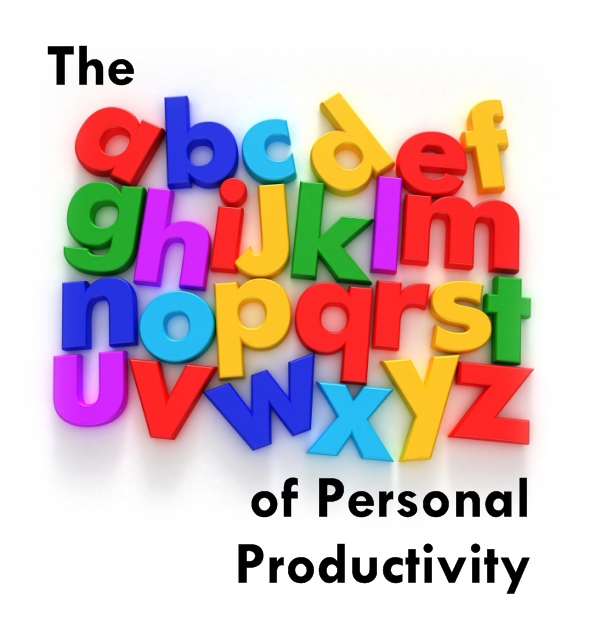G is for Getting Things Done.
It would be impossible to write about personal productivity and not mention Getting Things Done. In geek circles at least, this organization and workflow system seems to have all but conquered the market.
Although I'd dabbled with different ways of tracking what I needed to do and ways to get more tasks crossed off my list, reading the book Getting Things Done pushed things up a couple of notches. It also inspired me to write my second to-do list application, tedium (the first was rather simple and not very useful, which is probably why I didn't use it much...)
What I like about the book is that it isn't overly prescriptive. You aren't forced to use David Allen's (the author) favourite gadget, and there's plenty of scope for personalising the technique. It is full of common-sense but easily overlooked ideas and processes. All of which help you get to the point where you trust your system and your brain is freed up to concentrate on the work, rather than remembering everything you need to do.
As so much has already been said elsewhere about GTD (the common shorthand for Getting Things Done), I'll point you at some of the better descriptions for an overview of how it works.
- First off, on the David Allen website there's a brief overview at What is GTD?
- Then there's Merlin Mann's excellent primer - Getting Started With Getting Things Done.
- And if you want a print-out-and-stick-on-the-wall reference guide, then try this GTD flowchart (pdf)
But above all, I recommend reading the book. It's well worth the investment.

